Sistani Cattle – Our Findings
Sistani Cattle – Our Findings
Prof. Amir Niasari-Naslaji (D.V.M., Ph.D)
Sistani cattle is an old indigenous Bos indicus (Zebu) species in Iran. According to the archeological evidence found in Shahr-e-Sukhteh, Zabol, Sistan and Balouchestan Province, Sistani cattle was inhabitant of Hamoun plain since 5500 years ago and had a great impact on Helmand culture. It was adopted to harsh environment of Sistan particularly seasonal northerly hot winds of 120 days (Early June till late September) and could survive on the canebrake grown in Lake Hamoun quite professionally. This in turn, had great impact on socioeconomic sustainability of the region. Todays, due to continuous drought, extensive cross-breeding, fattening, massive slaughtering, and finally lack of policy to develop this valuable breed, its existence became in the threat of extinction. According to the field observation, the population of this species has reduced from 120000 heads near the Iranian revolution (1979) to about 2000 heads at the present time (2021). Since 1996, when I returned from Australia after completing my postgraduate studies, I employed at Animal Science Research Institute for several years. One of my missions at this period of time was to work on the methods to enhance reproductive performance, semen cryopreservation, artificial insemination and embryo transfer in this species. My great colleague, Prof. Bolourchi in association with my several students including: Dr Damavandi, Dr Angourani, Dr Hosseini, Dr Babaei, Dr Barati, Dr Jalinous and Dr Afsharian had helped me in all of those years. Certainly, great assistance from Animal Science Research Institute, particularly by Dr Sarhaddi, Dr Gharahdaghi, Mr Razavi, Mr Seraj, Dr Naji, Mr Rouhi, and the Research Center for Agriculture and Natural Resources of Sistan and Balouchestan province including Mr Birjandi, Mr Atashpanjeh, Mr Naghzali, Mr Sadankhah, Mr Nourzehi, Mr Ghanbari and Mr Allah-Nour are greatly appreciated. It is my great pleasure to forward my special thanks to Emeritus Prof. William Thatcher, from University of Florida, who kindly accepted to assist us in the trials that we conducted on embryo viability of Sistani cattle during heat stress. At the beginning, the fundamental aspects of Sistani cattle reproduction including follicular dynamics of Sistani heifers in comparison with Holstein heifers were investigated at Animal Science Research Institute. At that time within the institute we had 300 heads of the best Sistani cattle in Iran. These valuable resources were gathered in 10 years from different part of Sistan by the late Mr Seraj. Unfortunately, due to the unjustified decision by the head of the institute, these valuable resources were sent to slaughterhouse! Within the years (1996-1997) that we had Sistani cattle in the institute, I was able to establish semen lab and I have frozen more than 20000 Sistani bull frozen straws of >50% progressive motility for my country. These valuable resources which could survive Sistani cattle from the threat of extinction is now kept at Animal Breeding Center belong to the Ministry of Agriculture. Since we lost Sistani cattle at the institute, we shifted to Sistani cattle station in Zahak, Zabol, Sistan and Balouchestan province. The first international manuscripts on Sistani cattle were published by our group. In these manuscripts comparison between follicular dynamics of Sistani and Holstein cattle, control of follicular growth, synchronization of estrous and ovulation, the best doses for superovulation, the effect of heat stress on suoperovulatory responses, embryo quality, fertility of fresh and frozen-thawed embryos and finally the effect of once or twice milking on reproductive performance of Sistani cattle were investigated.
These experiments revealed that:
1-There is not great difference in follicular dynamics between Sistani and Holstein heifers. The only difference is in ovulatory follicle diameter, which is significantly smaller in Sistani compared to Holstein heifers.
2-A simple and efficient protocol for synchronization of estrus and ovulation leading to fixed timed AI was elaborated.
3-Sistani cattle is very resistant to heat stress and the expression of estrus, ovulation and fertility were not affected by heat stress.
4-Sistani cattle has very low calving to conception period (around 60 days). Long term post-partum anestrus is a great problem in other Bos indicus breeds. However, uterine involution and ovarian rebound seemed to return quickly to normal status after calving. This in turn makes the cow ready for new conception.
5-The number of milking per day does not affect reproductive performance of Sistani cattle as exist in other Bos indicus breeds.
References:
1. Barati, F., Niasari-Naslaji, A., Bolourchi, M., Razavi, K.,Sarhaddi, F. & Naghzali, E. (2007). Pregnancy rates of Sistani cattle following transfer of frozen-thawed embryos recovered during winter and summer. Iranian J. Vet. Res., 8: 151-154.
2. Barati, F., Niasari-Naslaji, A., Bolourchi, M., Sarhaddi, F, Razavi, K., Naghzali, E., Thatcher, W.W. (2006). Superovulatory response of Sistani cattle to three different doses of FSH during winter and summer. Theriogenology, 66: 1149-1155.
3. Jalinous, M.D., Niasari-Naslaji, A., Sarhaddi, F., Naghzali, E. (2006). Increasing estrous detection rates within 4 days in a prostaglandin based estrus synchronization program in Bos indicus beef (Sistani) cattle. Reprod. Fertil. Develop. 18: 116.
4. Barati, F., Niasari-Naslaji, A. Bolourchi, M., Razavi, K., Naghzali, E., Atashpanjeh, M. & Sarhaddi, F. (2004). Optimal dose of Folltropin-V for superovulation in Sistani cattle. 15th Int. Cong. Anim. Reprod, 2: 355.
5. Niasari-Naslaji, A., Sarhaddi, F., Babaei, V. & Birjandi, M. (2002). The effect of PMSG on the tightness of estrus synchrony in Bos indicus cattle. XXII World Buiatrics Congress.
6. Niasari-Naslaji, A., Hosseini, S.M., Bolourchi, M., Birjandi, M.R. (2001). Steroid priming shortens prostaglandin based estrus synchronization program from 14 to 7 days in cattle. Theriogenology, 56: 735-743.
7. Hosseini, S. M., Niasari-Naslaji, A., Sarhaddi, F., Bolourchi, M. & Birjandi, M. R. (2001). The effect of steroids prior to prostaglandin on estrus synchronization and conception rates in cattle.J. Fac. Vet. Med., 56: 41-45.
8. Hosseini, S.M., Bolourchi, M., Sarhaddi, F. & Niasari-Naslaji, A. (2000). Effect of different doses of estrogen on estrous behaviour, mucous discharge and ovulation in cattle. 14th Int. Cong. Anim. Reprod, 2: 41.
9. Niasari-Naslaji, A., Sarhaddi, F., Damavandi, Y., Angurani, A. & Naji, A. (1999). Effect of follicle regressing agents, oestrogen and progesterone, on ovarian follicular dynamics in Bos taurus and Bos indicus heifers.Aust. Soc. Reprod. Biol., 30: 118.
10. Niasari-Naslaji, A., Sarhaddi, F., Naji, A., Angurani, A. & Damavandi, Y. (1999). Ovarian follicular dynamics in Bos taurus and Bos indicus heifers. Theriogenology, 51: 307.
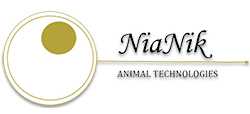
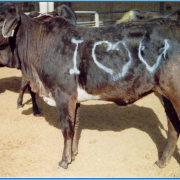

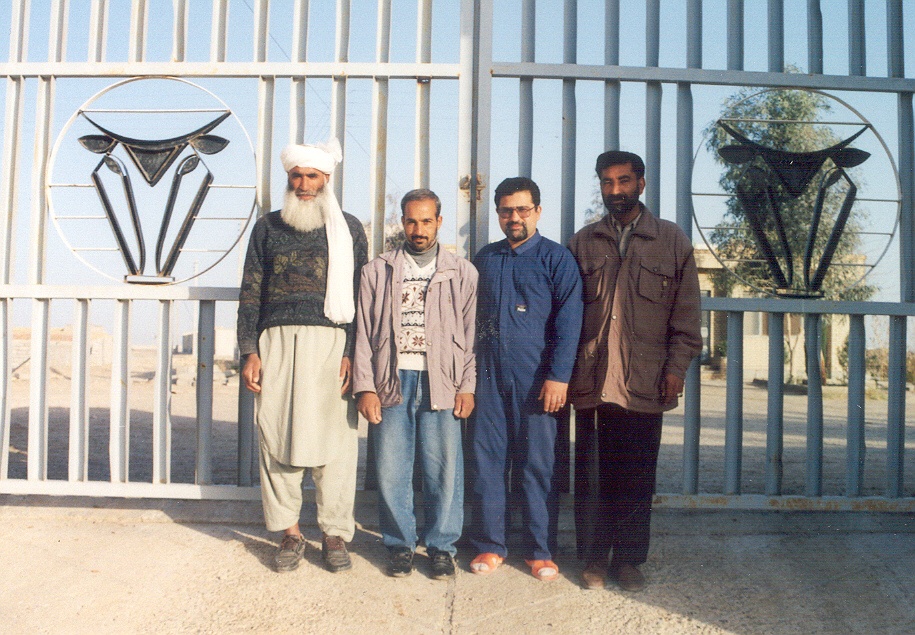

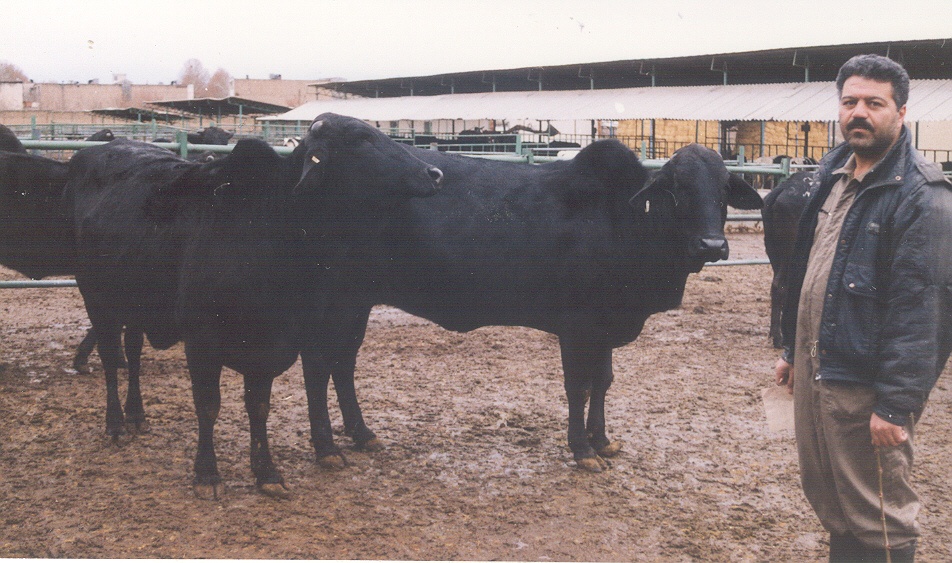
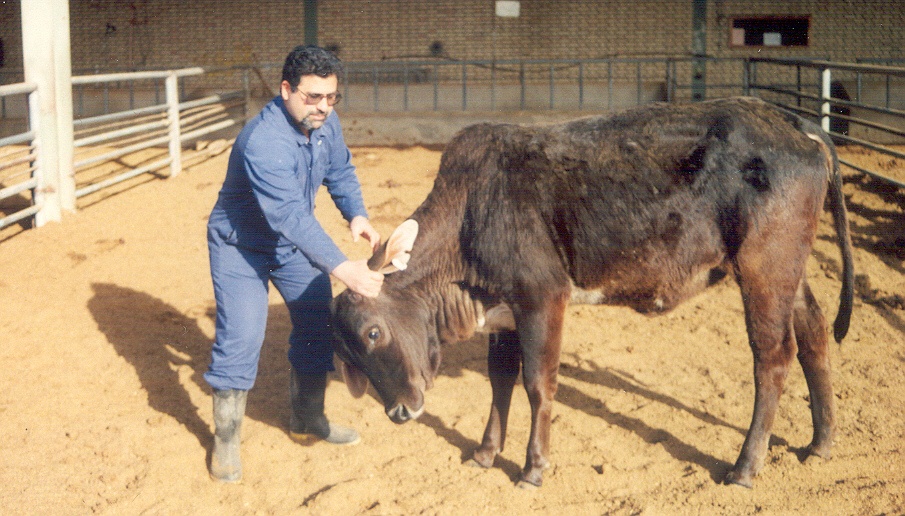
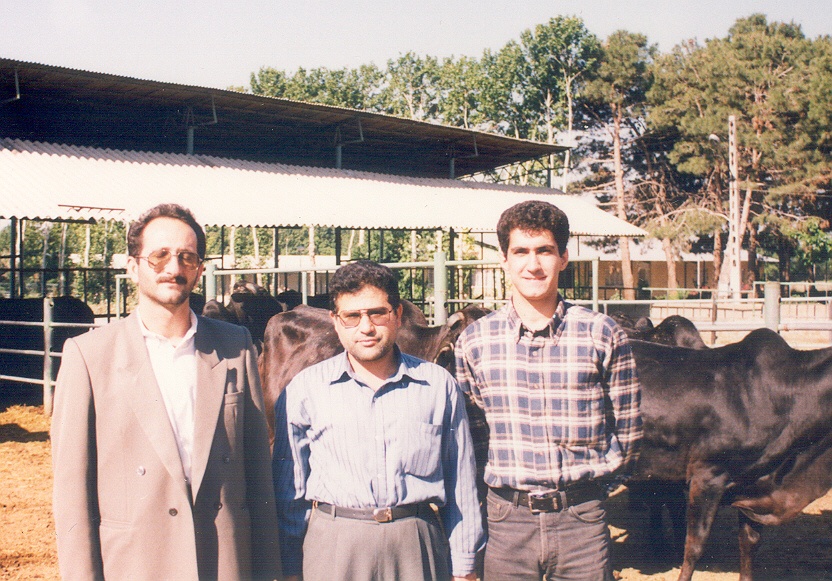

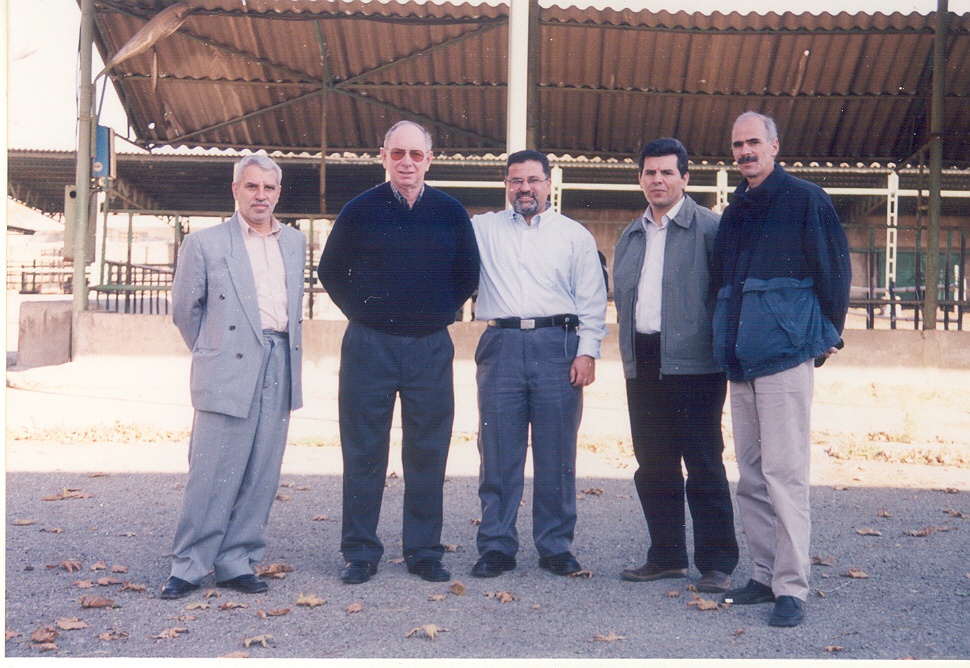
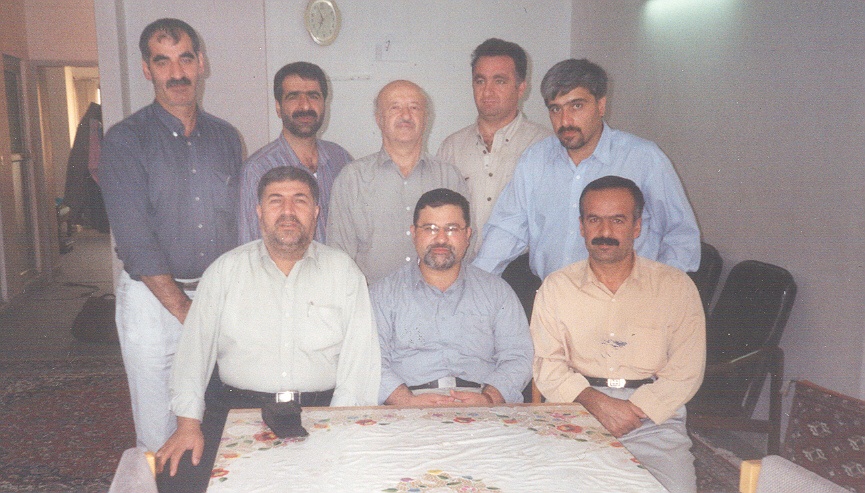
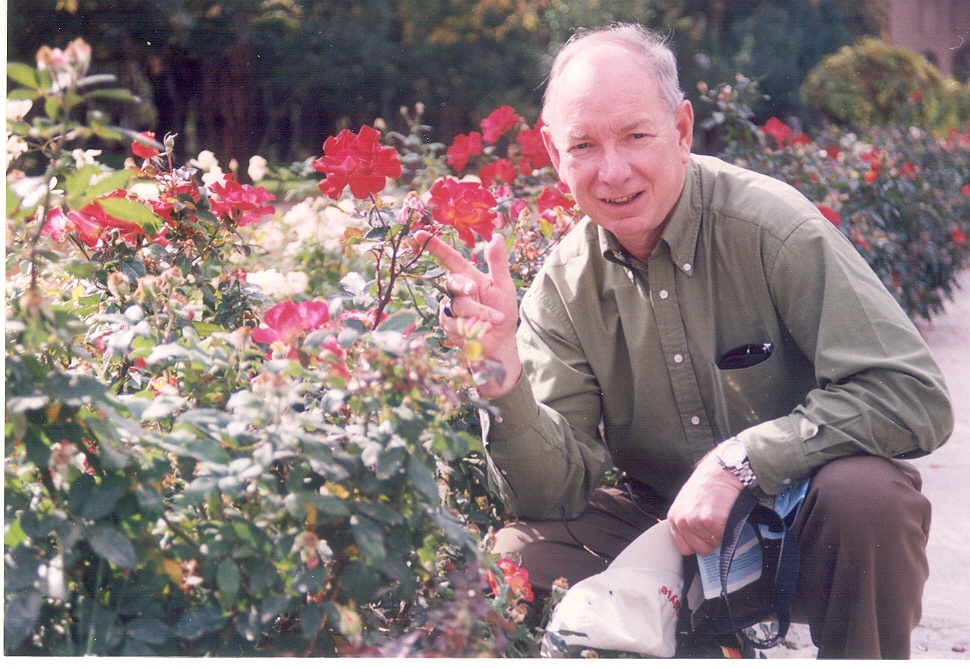
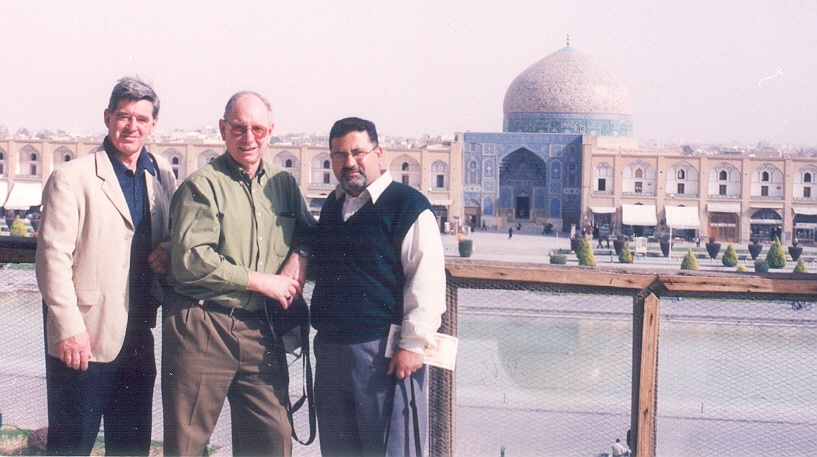


Leave a Reply
Want to join the discussion?Feel free to contribute!